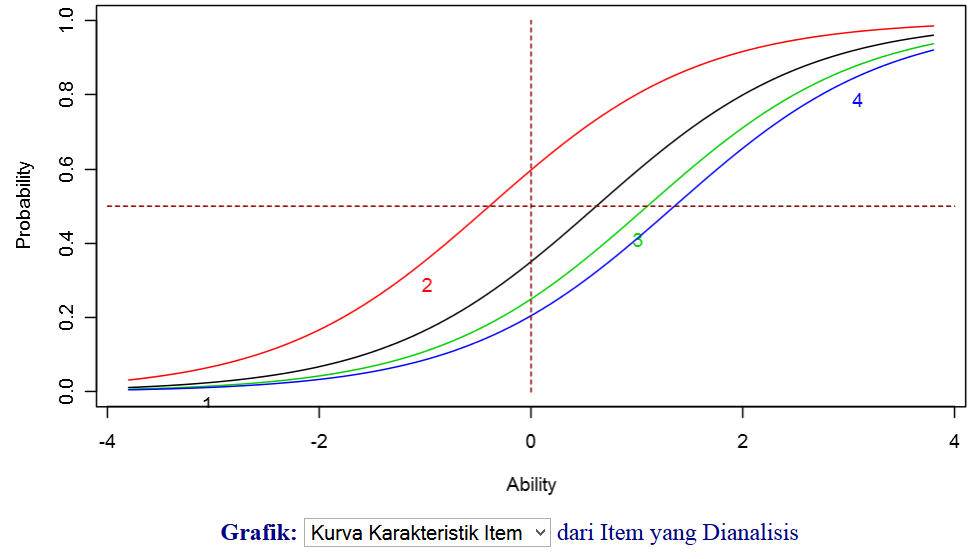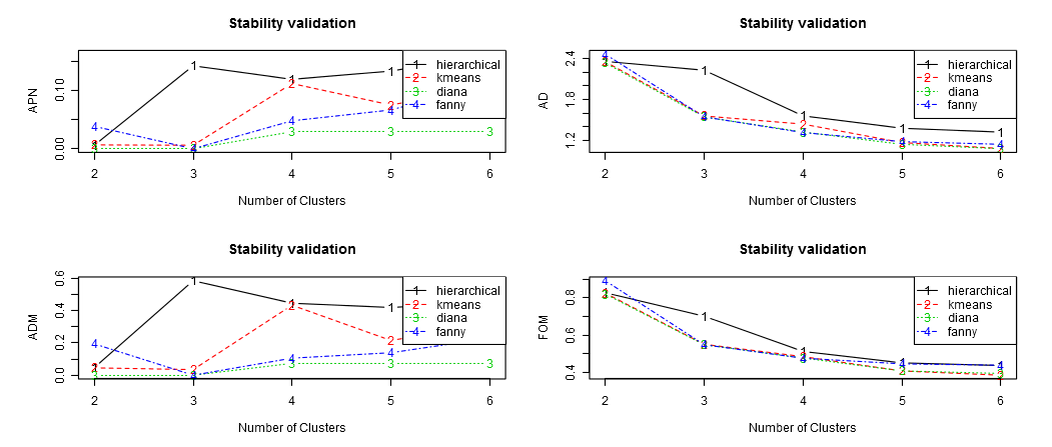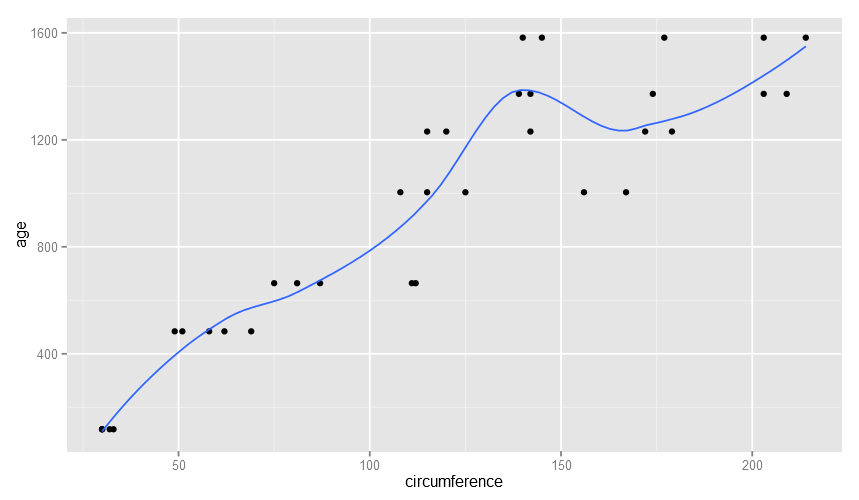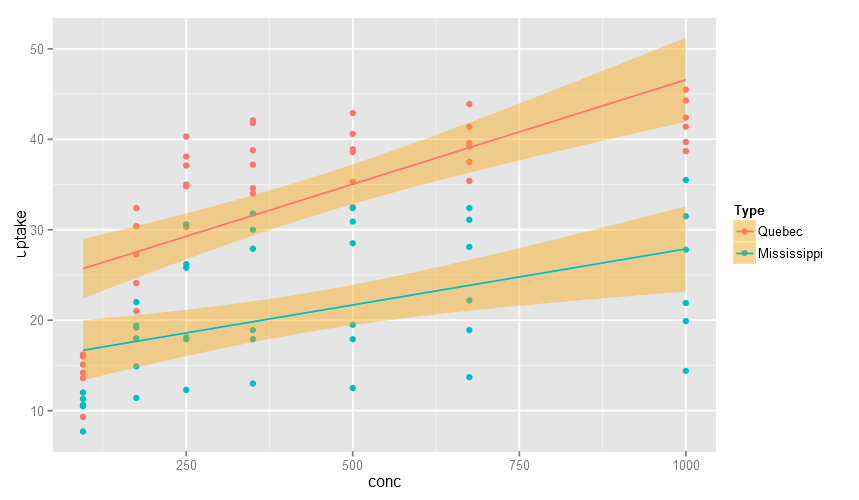ISBN:........
Visi
Menjadikan pembelajaran Statistika, Analisis Statistika lebih mudah, lebih menarik dan lebih bermaknaMisi
Membuat program berbasis web untuk berbagai topik terkait pembalajaran dan analisis data menggunakan statistika dengan memanfaatkan kemampuan alat bantu toolkit dari R-shinyDewan Redaksi
- Pimpinan: Prof. Drs. I Made Tirta, Dip.Sc, M.Sc., Ph.D
-
Anggota:
- Dr. Alfian F Hadi, S.Si., M.Si.
- Dr. M. Fatekurachman, S.Si., M.Si.
- Drs. Budi Lestari, PGDsc., M.Si.
Mitra Bestari
Editorial
Berikut adalah daftar dan sinopsis topik-topik lecture notes/ tutorials yang merupakan
sumbangan dari para statistikawan atau peneliti
Anda dapat mengklik pada judul atau tombol Simak Handout pada tiap-tiap topik, atau anda bisa juga langsung memilih melalui menu di atas.

| No. | Penulis/ Kontributor | Tahun | Judul Artikel Ilmiah |
| 1 | Tirta, IM | 2015 | Analisis Respon Item Menggunakan R untuk Respon Dikotomus Dengan Model Logistik (1-PL, 2-PL 3-PL) | 2 | Tirta, IM & Anggraini, D | 2015 | Clustering: Analysis and Validations Using R | 3 | Wijiasih, L.; Tirta, IM. & Anggraini, D | 2015 | Generalized Estimating Equation (GEE) dengan Respon Multinomial Berskala Ordinal |
Abstrak/ Sinopsis
 |
Analisis Respon Item Menggunakan R untuk Respon Dikotomus Dengan Model Logistik (1-PL, 2-PL 3-PL)by: Tirta, IM (2015) Analisis IRT ( Item Response Theory) merupakan metode modern untuk menganalisis kualitas butir soal yang menggunakan pendekatan model logistik. Dalam tutorial ini
anda bisa berlatih menerapkan IRT untuk menganalisis butir soal tipe dikotomus menggunakan model 1 PL (model Rasch,untuk menganalisis tingkat kesulitan butir soal), model 2 PL (untuk menganalisis tingkat
kesulitan dan diskriminasi butir soal) dan 3 PL (untuk menganalisis tingkat
kesulitan, tingkat diskriminasi dan tebakan butir soal).
|
|
 |
Clustering: Analysis and Validations Using R-shiny Web-based interfaceby: Tirta, IM & Anggraini D (2015)Cluster Analysis is considered as one of frequently applied multivarate analyses in biological researches. The result of clustering analyses are more frequently influenced by the combination of choices of (i) cluster algorithms, (ii) distance measures and (iii) linkage methods. Further evaluation of the choices to get the better or the best clustering result are therefore needed. The procedures are known as cluster validations. However cluster validations are generally not found in standar statistical softwares, or if they are available (as in R) they can not be easily accessed by practical researchers. In article we illustrates the the application of the cluster analyses and validations using biological data. We also provide more detail analysis of the choosen method (including graphical illustrations, such as dendogram and other mapping graphics), so that the results become more meaningful and understandable.
|
Sidebar
Sidebar Menu
- Home
- Demo
- Lecture Notes
- Simulations
- SCOLARS++
- JoIntStaRS
- LaTeX Board
- Feedback
- About Us
Visitors
Total Visitors Including Internal UNEJ
Hit Counter
Thank you for visiting Us
Supporters
-
The University of Jember provides space and R-shiny server
-
 Develops various Shiny Toolkits and Shiny Server
Develops various Shiny Toolkits and Shiny Server
-
 All statistical computations and graphical representations are done using R (with various packages) on LiNuX flatform
All statistical computations and graphical representations are done using R (with various packages) on LiNuX flatform
-
 All mathematical equations are done using latex format (especially AMS LaTeX) powered by MathJax
All mathematical equations are done using latex format (especially AMS LaTeX) powered by MathJax
- DreamTemplate
This web format is mainly extensions and modifications from DreamTemplete
We thank supporters who direct or indirectly make this web possible



